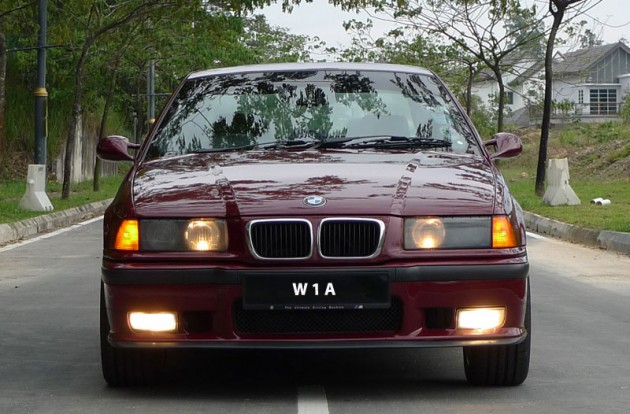Many, including us, have wondered what format Wilayah Persekutuan vehicle registration plates will take after the inevitable WYY 9999? We’re now at WYK and WYY 9999 (the letter Z is reseved for the army) is expected to roll out in July.
Why are we at the end? The Star points out that some 1.3 million new vehicles were registered last year, with Kuala Lumpur recording the highest number of new vehicles (359,239), followed by Johor (172,608) and Penang (113,340). On average, some 1,100 new vehicle numbers are recorded in KL daily, compared to about 500 in Johor and 300 in Selangor.
Well, we now have an answer. After WYY 9999, the next number will be W 1 A, followed by W 2 A, W 3 A till W 9999 A. This was revealed today by acting Transport Minister Datuk Seri Hishammuddin Tun Hussein. From what we understand, the number that follows W 9999 A is W 1 B. After W 9999 B, it will be W 1 C.
Eventually when the plates reach W 9999 Y, the next plate will be WA 1 A – WA 9999 A up to WY 1 Y – WY 9999 Y. Once the two alphabet series are over, we’ll go to WAA 1 A – WAA 9999 A up to WAY 1 – WAY 9999 Y. I that should give you a clear idea of the new pattern. This means the last number in this new series will eventually be WYY 9999 Y.
Now that the new format is released, will we see a bidding frenzy for the opening W1A to W9999A sequence ala WWW? Plenty of new possibilities with an alphabet at the end – what is your dream number plate?
Looking to sell your car? Sell it with Carro.












AI-generated Summary ✨
Comments generally support the new "W 1 A" plate format, seeing it as a good starting point for stylish and personalized registration plates, with some suggesting European-style designs for visibility. Many discuss how the sequence could logically extend beyond W9999Y to formats like WA1A or WAA1A, estimating enough capacity to last for centuries of registrations. A few mention specific district origins like Sarawak, Sabah, and Penang, proposing district-specific codes or preferences for certain sequences. Some critique potential limitations, such as plate length and formatting confusion, and express hope for more innovative, secure, and government-specific plates. Overall, the tone is optimistic with suggestions for a structured, long-lasting numbering system, while a minority express skepticism or off-topic remarks.